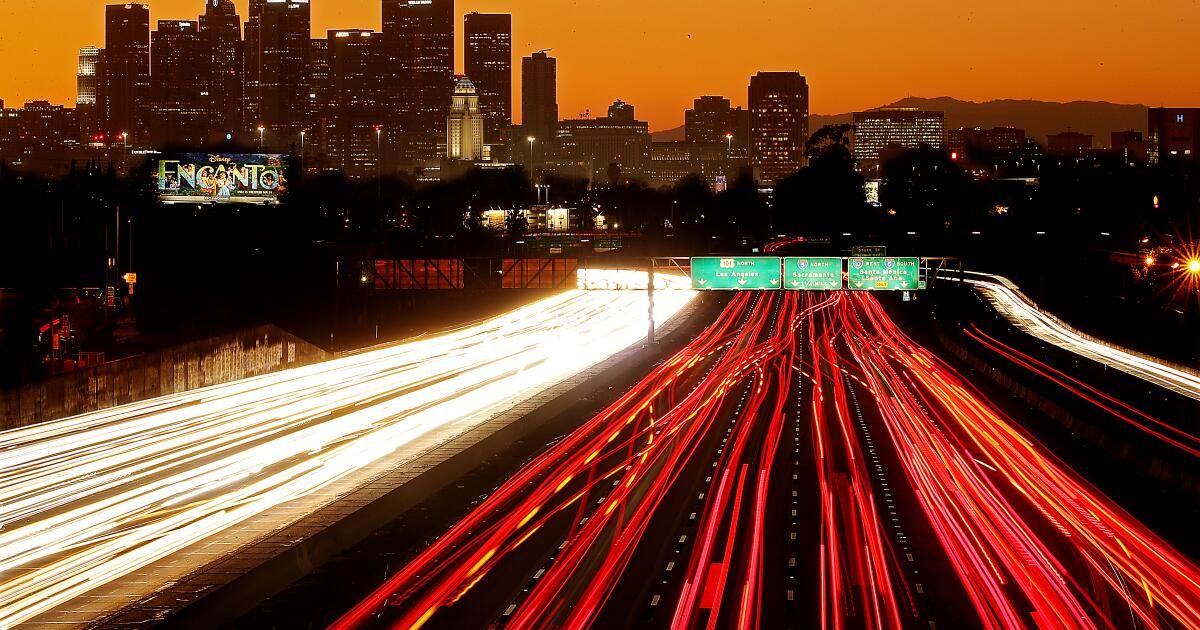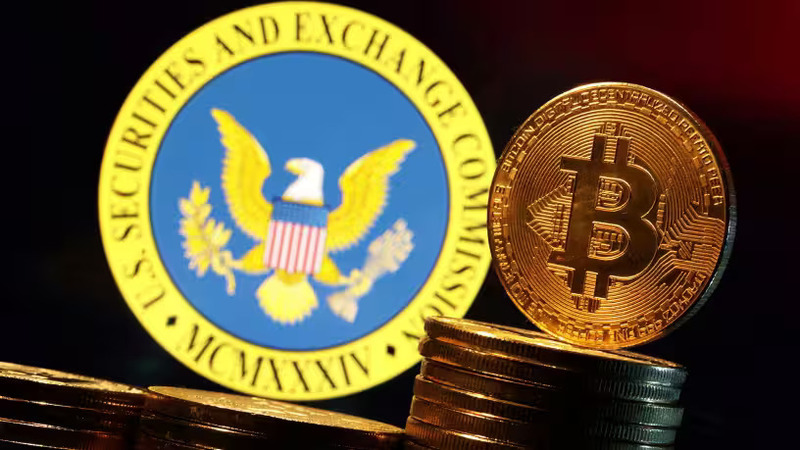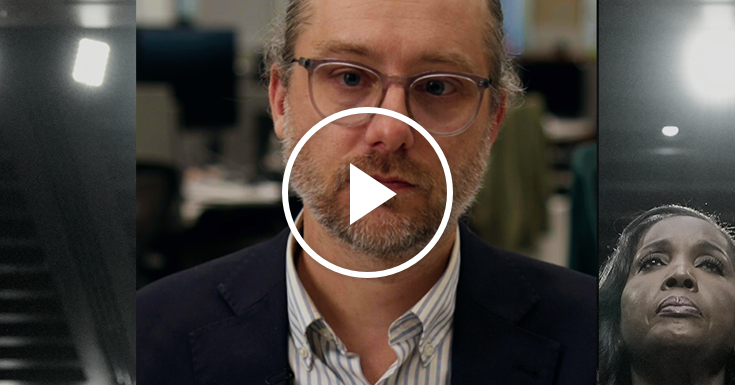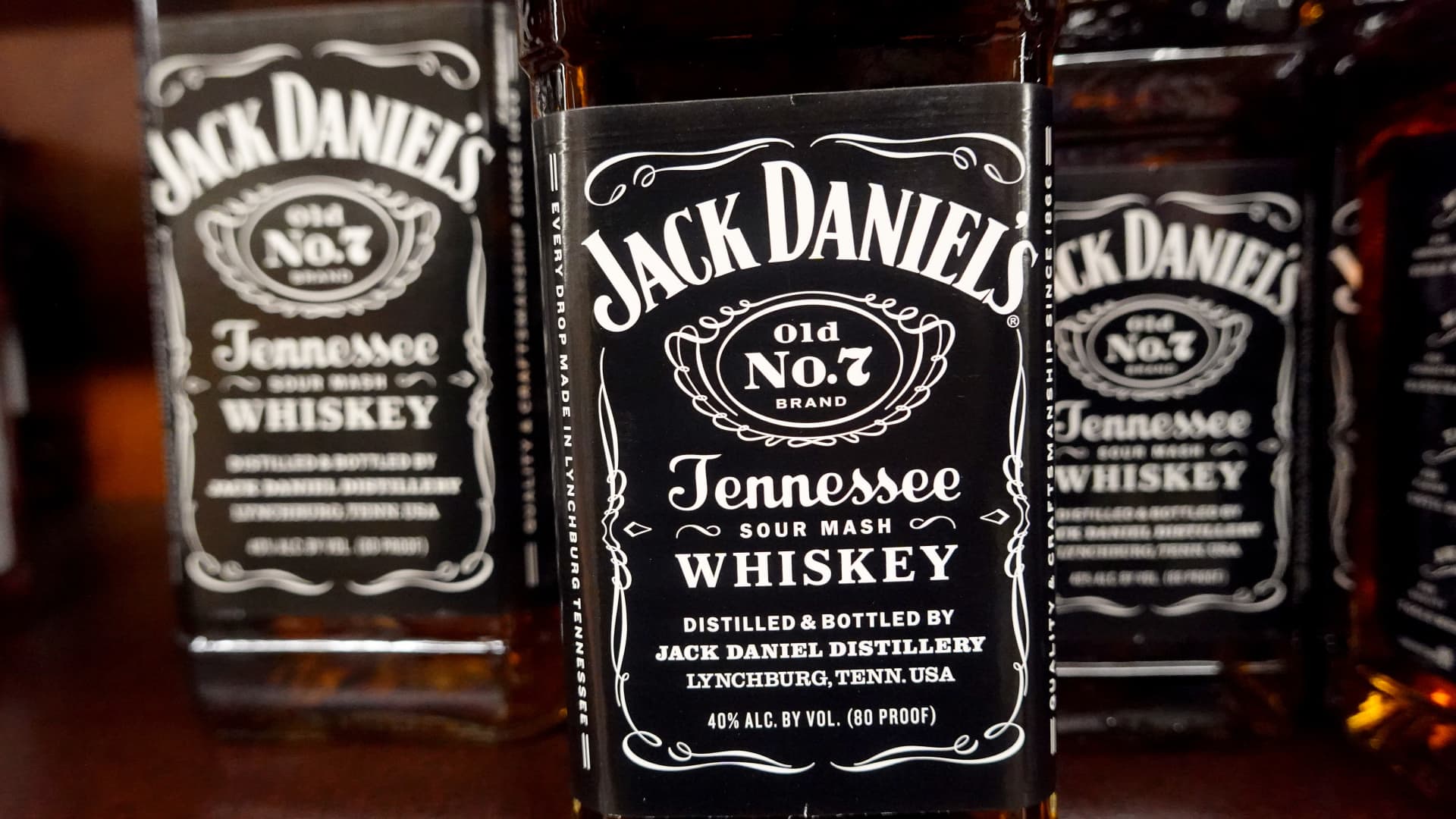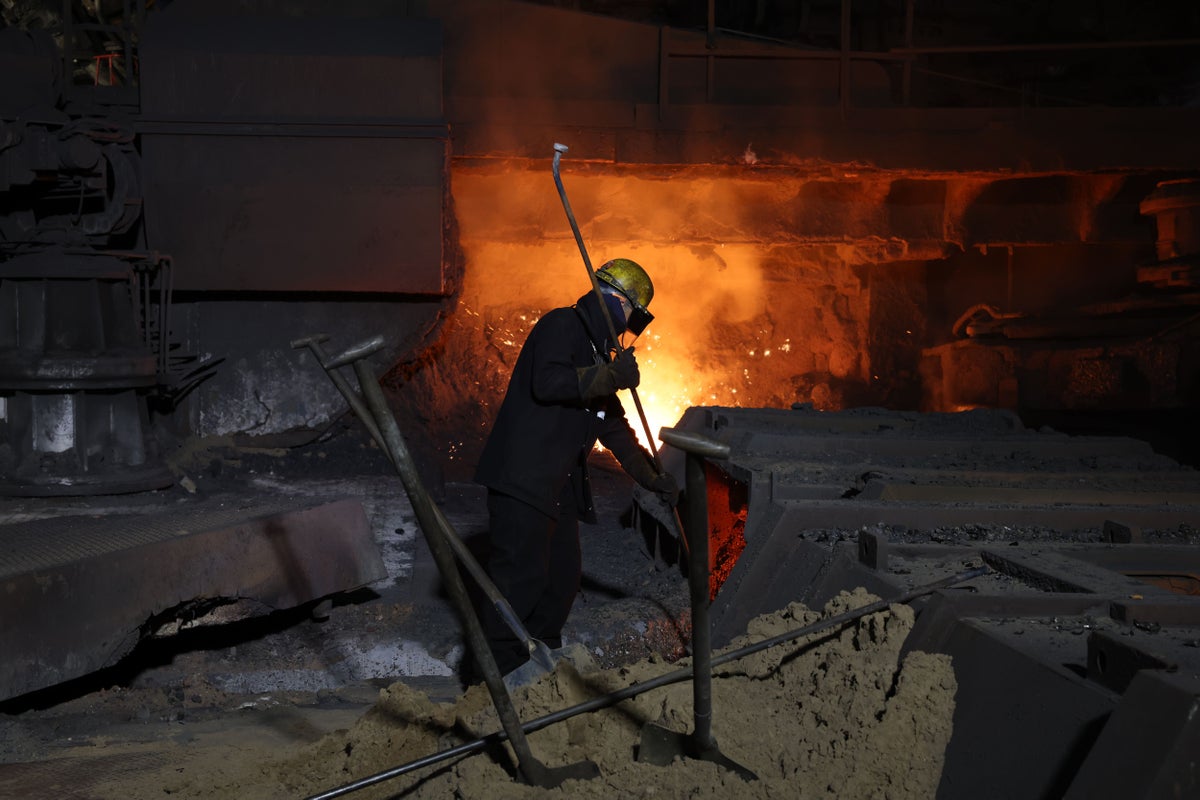California drivers who use State Farm for their auto insurance coverage face a premium increase of $263.7 million, the largest total amount approved since October by the California Department of Insurance.
State Farm insures more California drivers than any other company operating in the state. Those 3.7 million California drivers will see an average annual increase of $71 per policy, a 6.9% increase, said Consumer Watchdog, a Santa Monica-based advocacy group.
The latest increase granted by California Insurance Commissioner Ricardo Lara follows approvals of rate increases for several other large auto insurers, including Geico and Mercury Insurance, after a long COVID-19-era pause.
In total, Lara has approved more than $1 billion in premium increases at the state's six largest companies, which insure about 48% of the vehicles registered in California. Consumer Watchdog called it “unwarranted and excessive.” Low-income drivers will be hardest hit, the group said.
“The department simply implemented and rushed increases in each of these cases without full justification for any of them,” said Carmen Balber, executive director of Consumer Watchdog, adding that it ignores the requirements to justify those increases that were detailed in Proposition 103. , the state law on auto, homeowners and accident insurance rates.
Balber saw “a disturbing picture” in which the department “was approving what now exceeds $1 billion in rate increases without adequate oversight.”
Lara did not specifically address the State Farm case, but said through a spokesperson that there was nothing excessive about the approved rate increases.
“Commissioner Lara’s actions since July 2020 have returned more than $2.55 billion to auto consumers so far,” said Gabriel Sánchez, press secretary for the Department of Insurance, “and he continues to review data from insurance companies to determine “if they overcharged drivers during the pandemic.”
“Since 2019, Commissioner Lara has curbed rate increases in California and protected consumers even as rates skyrocketed across the country, keeping increases at the lowest level in a decade,” Sánchez said.
In February, State Farm reported record underwriting losses for 2022 and said, “While State Farm experienced unfavorable operating results in the automotive sector, State Farm Mutual Automobile Insurance Company remains financially strong.” State Farm, which writes auto insurance in all 50 states, said the auto segment accounted for an underwriting loss of $13.4 billion on $45.7 billion of earned premiums.
State Farm spokesman Sevag Sarkissian said in an email that the insurer is “continuously monitoring and adjusting to trends to ensure we match price to risk.”
“As there are more people on the roads, we are seeing an increase in claims. Auto claims costs are being compounded by record inflation and supply chain disruptions. All of this has increased the cost of labor and materials, which translates into higher auto repair costs,” he stated.
According to Consumer Watchdog's tally of rate increases approved so far, drivers on the Auto Club's Interinsurance Exchange will pay $75 more per insured vehicle. Those insured by Mercury will pay $80 more per insured vehicle. Geico drivers will see an annual premium increase of $125. Farmer drivers will pay $98 more annually and those insured by Allstate will see an annual increase of $167.
The state insurance department does not issue a public statement when it has approved rate increases. Most drivers will find out about the new premiums when they receive their bills in the mail.
The new round of increases will place an additional burden on California consumers who are already dealing with high interest rates and other inflationary pressures that have made credit card spending more expensive, especially as more people rely on them for everyday purchases. Bankrate recently said the average credit card interest rate has risen to 20.05%, the highest since Bankrate began tracking rates in the mid-1980s.
Roy Persinko, a Southern California construction contractor for the past 22 years, probably knows more than most about the effects of all those increased costs.
“Everything in my business has gone up,” Persinko said. “But the cost of car repair has increased. Thefts have increased. Am I excited about what I pay for car insurance? No, but it's understandable.”
California waited longer than any other state to raise auto premiums after the pandemic subsided, said Denni Ritter, vice president of the American Property Casualty Insurance Association. As they return to the roads, California drivers have been driving faster and, increasingly, drunk, Ritter said, leading to injuries from accidents that are more serious and destroying cars that cost more to repair. higher than in the past.
“These are causing costs to really skyrocket in the auto insurance space,” Ritter said.
Consumer Watchdog said insurers' claims that they have been suffering because they have not been allowed to raise premiums quickly enough are exaggerated and misleading. Additionally, rising premium costs will not be shared equitably among motorists and will unfairly fall more heavily on low-income workers who will pay up to 25% more than professionals with college degrees at certain insurers, including Geico, the group said.
Harvey Rosenfield, author of Proposition 103 and founder of Consumer Watchdog, said the rate increases are approved when insurers “have not paid their customers unexpected surcharges during the pandemic shutdown, when people sharply reduced their driving and accidents.” and insurance claims decreased. .” Consumer Watchdog has estimated that drivers are owed billions.
Sánchez responded that Lara is “using all available tools to ensure that consumers do not pay more than they should.”

